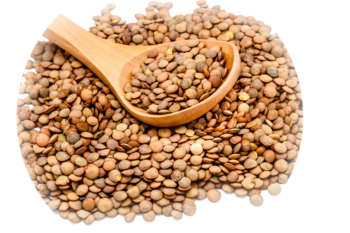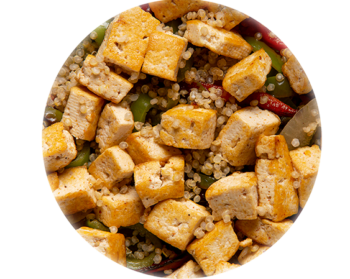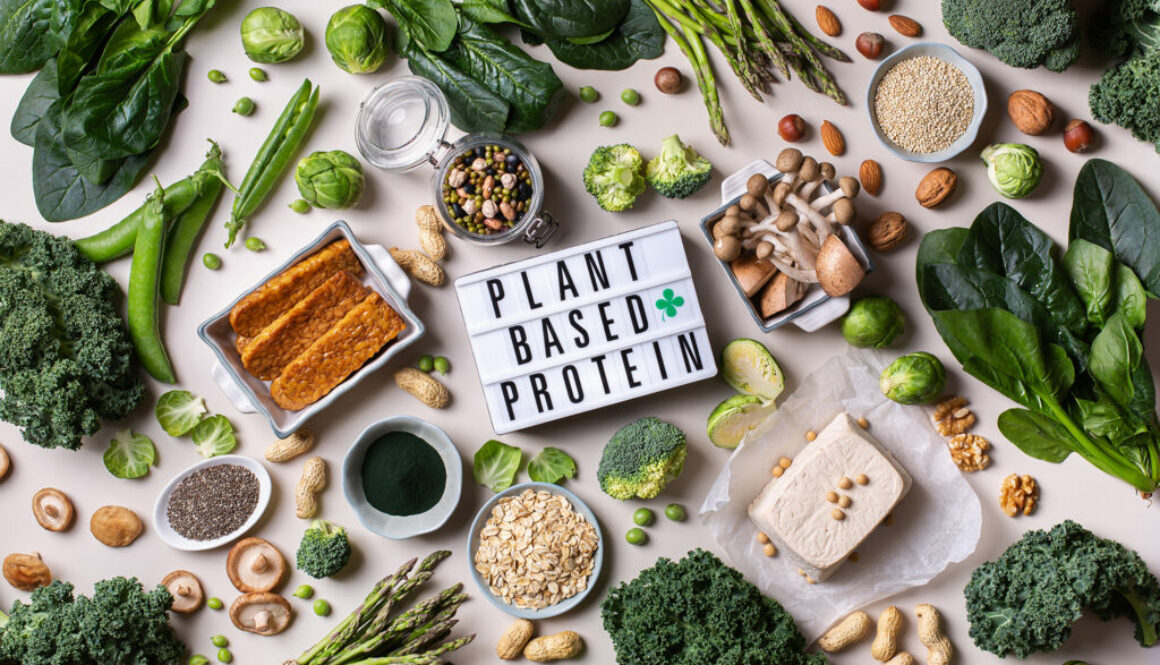Vegan Protein: The Game-Changer in Your 2024 Fitness Journey
Welcome to 2024, the year where your fitness journey aligns with the power of plants! As we embrace a world where well-being and sustainability go hand in hand, let’s dive into the world of vegan protein – a true game-changer in the realm of health and fitness.
Protein: Not Just a Nutrient, but a Lifestyle!
Forget the old-school notion that protein is all about meat. This is one of the biggest myths about a plant-based diet. Enter the era of lentils, chickpeas, tofu, tempeh, and quinoa – your new fitness allies. These plant-based superstars are not just about building muscle; they’re about building a healthier, more vibrant you.
Lentils: The Mighty Muscle Builders
Picture this: a tiny lentil, unassuming yet packed with about 18 grams of protein per cup. These little wonders are not just protein-packed; they’re also rich in essential amino acids crucial for muscle repair. Add them to your salads, soups, or curries, and watch your fitness game soar.

Chickpeas: The Versatile Protein Champions (My Personal Favorites)
Chickpeas, the heart of hummus, are more than just a dip ingredient. With 15 grams of protein per cup and a wealth of amino acids, fiber, and iron, they’re your go-to for a post-workout meal. Toss them in salads or roast them for a crunchy snack; they’re as versatile as your workout routine. Check out one of our previous posts where we made a chickpea tofu.
Seitan: The Plant-Based Protein Powerhouse
Seitan is becoming more popular. It stands out as a unique and powerful source of protein. Often called ‘wheat meat’, this protein-rich food is a game-changer for those exploring plant-based diets, especially in a fitness context. Seitan is made from gluten, the main protein found in wheat. It’s created by washing wheat flour dough with water until all the starch granules are removed, leaving a sticky mass of pure gluten protein. This process results in a chewy, meat-like texture, making Seitan a popular meat substitute. Seitan comes with about 25 grams of protein per 3.5 ounces, Seitan is a robust source of plant-based protein. It’s low in carbohydrates and fats, making it an excellent option for those focusing on muscle building and overall fitness. Plus, it’s a versatile ingredient that can absorb flavors well, making it a delightful addition to a variety of dishes.

Tofu and Tempeh: The Plant Powerhouses
Some of the more popular forms of protein are tofu and tempeh. These soy-based heroes are complete proteins, meaning they offer all nine essential amino acids. Whether you blend tofu in your smoothies or use tempeh as a meat substitute, you’re fueling your body with around 15 grams of protein per serving. It’s time to get creative in the kitchen!
Quinoa: The Complete Protein Grain
Quinoa isn’t just a trend; it’s a nutritional treasure. As a complete protein and a gluten-free option, it’s perfect for everyone. With 8 grams of protein per cup, it’s ideal for your post-yoga or workout meal, keeping you full and energized. Quinoa is extremely versatile and you can use in a breakfast, lunch, or dinner recipe.

Conclusion
As you navigate the autumn months, let the vibrant hues and diverse flavors of seasonal produce inspire your vegan culinary adventures. From the sweetness of apples and pears to the heartiness of squashes and the nutrient-packed goodness of leafy greens, fall offers a cornucopia of plant-based delights. Embrace the season, savor the flavors, and nourish your body with the best that nature has to offer on your vegan journey.
